In the gambling world, there are many who claim they can beat the system, or that they have a way to shift the odds in your favor. They’re nearly always either lying or misinformed. With poker, however, there are ways to improve your game and boost your chances of making money when you play. For this you will need to understand more poker statistics.

One of the most important attributes any poker player can have is an understanding of the essential poker statistics – statistics like how much of a bankroll should be risked and how often a player will receive pocket aces. Quite simply, any aspiring poker player has to delve deep into poker stats if they want to make big money.
On this page, we’ve put together some of the most important poker statistics, such as how to work out expected value and how good your starting hand is. It’s not a comprehensive page – there are plenty of other bits of poker math you need to know – but this page should be a great starting point for those looking to begin using statistics and math in their game.
Poker Statistics and Poker Bankroll
The first thing to look at is your bankroll. We’ve already written a large guide to bankroll management , so we’re not going to go over it again here. We will, however, recap the most important point made on that page, about how much bankroll to risk.
How Poker Stats and Bankroll go Hand in Hand
Your bankroll is the total amount of money you have available to dedicate to poker. You should never risk all your bankroll in one game or playing session, but should instead only use a portion. The exact amount can differ by a percentage or two, however in general, you should only be risking about 5% of your bankroll at one time.
So, if you have $100 and want to play a cash game, you should only put $5 down on the table. Got $200 and want to play a tournament? Don’t buy-in for more than $10. Once you have reached these figures, have the discipline to walk away.
Tracking Bankroll Statistics
It is very important to track your bankroll over time. By understanding the ups and downs of your bankroll, you can see where you’re going right, and where you’re going wrong. At Poker Stack, we provide a free poker app to Android and iOS users, which will allow you to track your bankroll in detail. The best poker stats app if you ask us!
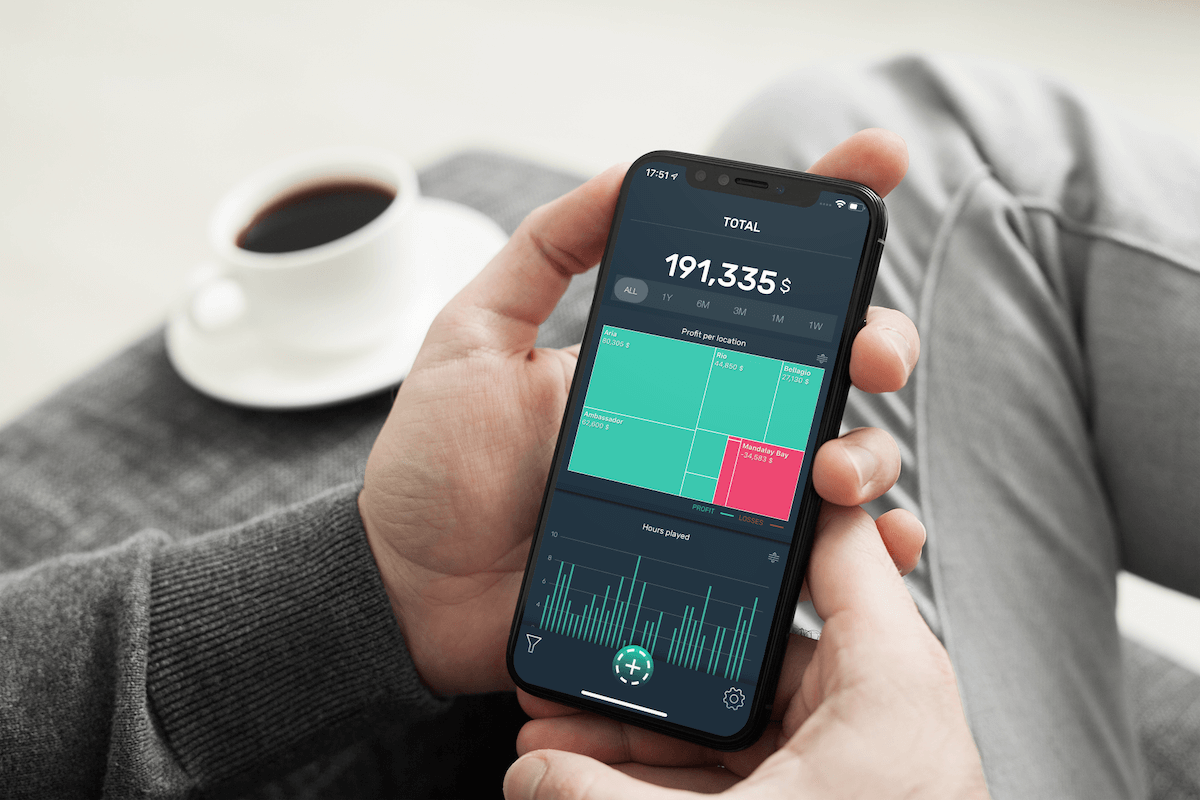
Starting Hands Stats
Now that you’ve worked out how much to bring to the table, you need to think about starting hands, and the chances of either you or another player getting a specific one.
Your Chances of Getting AA
WHen it comes to poker statistics, a pair of aces is the most powerful hand preflop, but what are your chances of being dealt this hand? Well, this is actually a simple one to work out. You have a 1 in 13 chance of being dealt an ace as your first card. Because there are then less aces in the deck after this, you have a 1 in 17 chance of being dealt a second ace. Multiply these together and you’ll find that you should receive a pair of aces, on average, once every 221 hands.
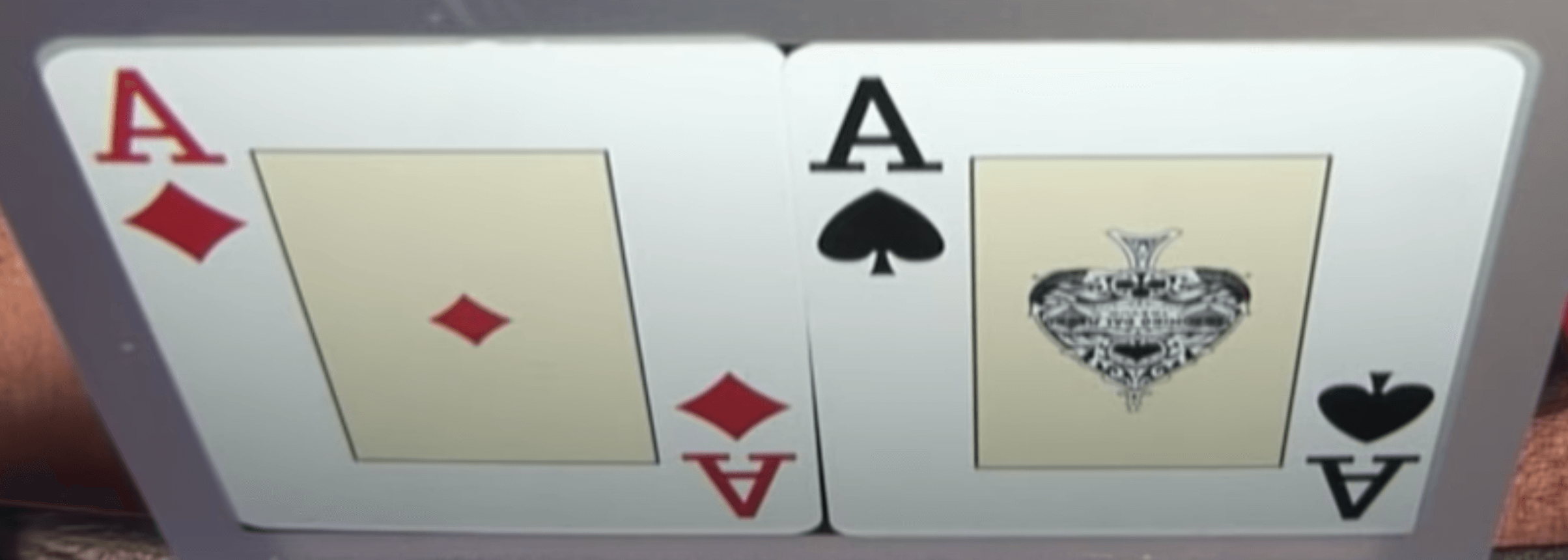
You can use the above formula for all pocket pairs. If you are wondering about the chances of receiving a specific starting hand featuring two cards of different values, it is 82:1 – this is the same regardless of whether you’re trying to work out the odds of receiving a strong hand, like A-K, or a poor hand, like 2-7.
It is important to understand the odds of being dealt a specific hand, as you can use the information to make a decision regarding the hand your opponent could be holding. Of course, this information also has to be combined with other factors too, such as bet sizes and their playing style.
The Chen Formula
Many players find it tough to work out how good a starting hand is. If this applies to you, the Chen Formula, developed by Bill Chen , could help. It’s a simple formula that gives you an overall score for your starting hand, with the best possible score being 20. Here’s how to use it…
· Assign a score to your highest card only.
- Ace = 10
- King = 8
- Queen = 7
- Jack = 6
- 10 or lower = half its value
· If you have a pocket pair, assign a value to both cards and then add them together. The minimum value is 5, so if you get 2-2, you’d still score 5 for that hand.
· Add 2 points to your total if your cards are suited.
· Subtract points for gaps in the cards, with Aces always being counted as a high card.
- No gap = -0 points
- One card gap = -1 point
- Two card gap = -2 points
- Three card gap = -4 points
- Four or more card gap = -5 points
· Add a point if both cards are lower than a queen and have a gap of 0 or 1 cards.
· Round your score up and you’ll be left with your final score
Here’s an example. You are dealt suited A-J. So, we start with 10 and then add 2 as they’re suited, taking us to 12. We then deduct 2 points, as there’s a two-card gap, bringing us back down to 10, which is where the score stays, as one card is higher than a queen.
Using this formula is great for newer players, who are looking to work out whether their hand is worth playing. Quite simply, the higher the score, the better the starting hand is. We’d say that any score of 10 or higher represents a reasonable starting hand. Premium hands are those scoring 14 or more.
Remember that the formula doesn’t consider your exact situation, therefore you have to also use other factors, such as the pot size and the playing style of your opponent, to decide whether a starting hand is a decent one or not.
To help you decide whether or not to get involved in a hand, you should know that successful players generally play around 20% of the hands they’re given. Therefore, you should be folding around 80% of your hands.
Pre-Flop Raising Stats
A preflop raise is a raise made before the flop has been seen. Therefore, it’s made without having too much of an idea about the cards other players are holding. It is generally seen as a strong play, mainly used by those with strong starting hands.
If you are going to raise pre-flop, it is important to understand how much to bet. In general, it is advisable to raise three to five times the size of the big blind. So, if the big blind is $5, you should raise $15 to $25. Adjust this upwards if you know there’s a particularly loose player who could call with anything, as it’s important to price them out of the hand when they’re holding a weak pair of cards.
Pot Odds and Expected Value
Now we come to perhaps the most important poekr stats of this page: pots odds and expected value. We’ve included them both in the same section as one leads to the other, helping you decide whether you should be calling a raise or not. It’s vital you understand this relationship, as nearly all winning players will use it heavily in their poker play.
Pot Odds
Pot odds tell you the ratio between the overall pot and the bet you need to make. So, if you’re facing a bet of $2 and the pot is worth $6, you’re paying one-third of the pot size. This can be expressed as pot odds of 3:1.
Odds of Hitting Your Draw
Once you’ve worked out your pot odds, you need to work out your odds of hitting the card(s) you need to improve your hand. You can do this by using the Rule of Two and Four.
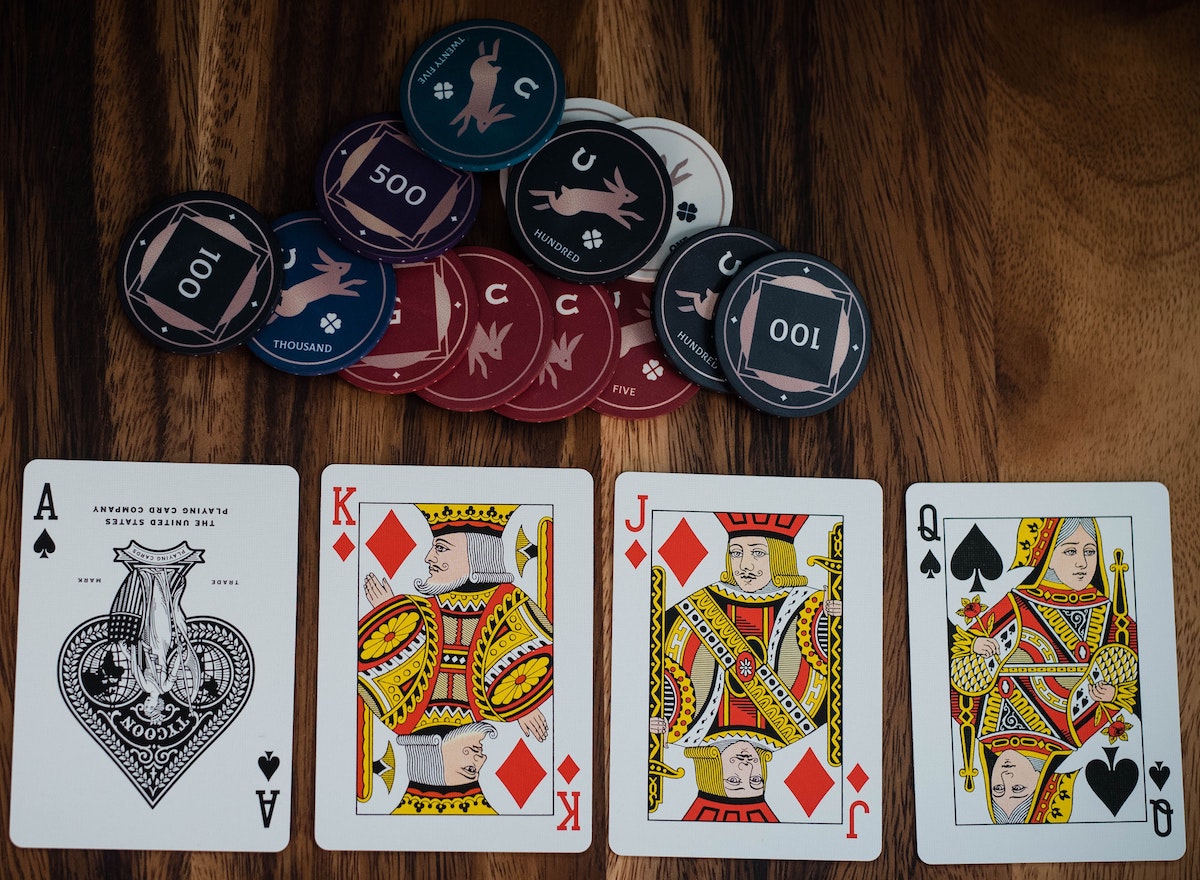
To find out your chances of hitting your draw, work out how many outs you have (the total number of cards that can complete your hand). So, for example, if you had an open-ended straight draw after the flop, you’d usually have eight potential outs. You should then multiply this number by two, to work out the percentage chance you have of hitting the card you need on the turn.
You can multiply the number by four if you want to see your chances of hitting on either the turn or the river. This only works in an all-in situation though, as there will not be any more betting after the current round.
So, for example, if you have an open-ended straight draw, meaning eight outs, and there’s one card left to come, you would have a 16% chance of hitting a card you need when the next card is dealt, as 8 x 2 = 16.
Expected Value
Now you know your pot odds and your chances of hitting your draw, you need to bring the two together, in order to determine your expected value.
If your pot odds are higher than your odds of winning, you should choose to call or raise. If they’re lower, the optimal play is to fold.
An example explains this best:
· You have an open-ended straight draw and you’ve seen the flop. Your opponent has made a $5 bet into a $15 pot, making the total pot $20. You need to call $5, therefore your pot odds are 20:5, which is simplified to 4:1, or 20%.
· Because you have an open-ended straight draw, you have eight outs. You have two more cards to come and there will be no more bets, as the other player is all in, so you should multiply this by four, giving you 32%, or approximately 2:1.
· Because the pot odds are higher than your chance of winning, you should call. You’ll win once every three hands, on average, and the return from this one win is more than you’d spend on the two hands that didn’t win. Your total expenditure over the three hands would be $15, and the amount you would win from your one winning hand would by $25.
Expected value is the most important part of Texas hold’em poker odds to understand, regardless of whether you’re playing in the World Series of Poker or at your local casino . So, spend some time and really get to know how it works, as it will lead to you making more money in the long term.
Using a Poker HUD
In the world of poker, information really is power, and knowing the various stats associated with your opponents can be invaluable. This is why many people choose to use a poker HUD, such as PokerTracker , Holdem Manager and Poker Copilot .
These HUDs provide a number of different stats about an opponent, allowing you to work out everything from their postflop aggression frequency, through to how often they fold. Combine these pieces of information with the things you’ve learned on this page, most notably expected value, and you’ll have a much better chance of making money while you play.
Popular Posts
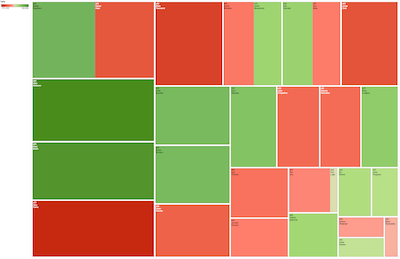
High Stakes Poker TV Show Statistics
Vizualise all the hands of the popular TV show High Stakes Poker. Visualize statistics like total tally, Vpip, PFR as well as the number of hands, per season and for all the seasons from your favorite poker players. more...
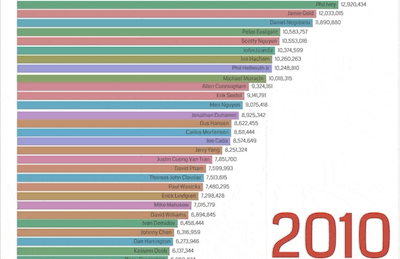
The Poker Money Race since 1971
Watch the top 100 of every year of each Money List since 1971 from The Hendon Mob and stacked them year after year to put them in a bar chart race. See some of the greatest rises and falls in poker history! more...



